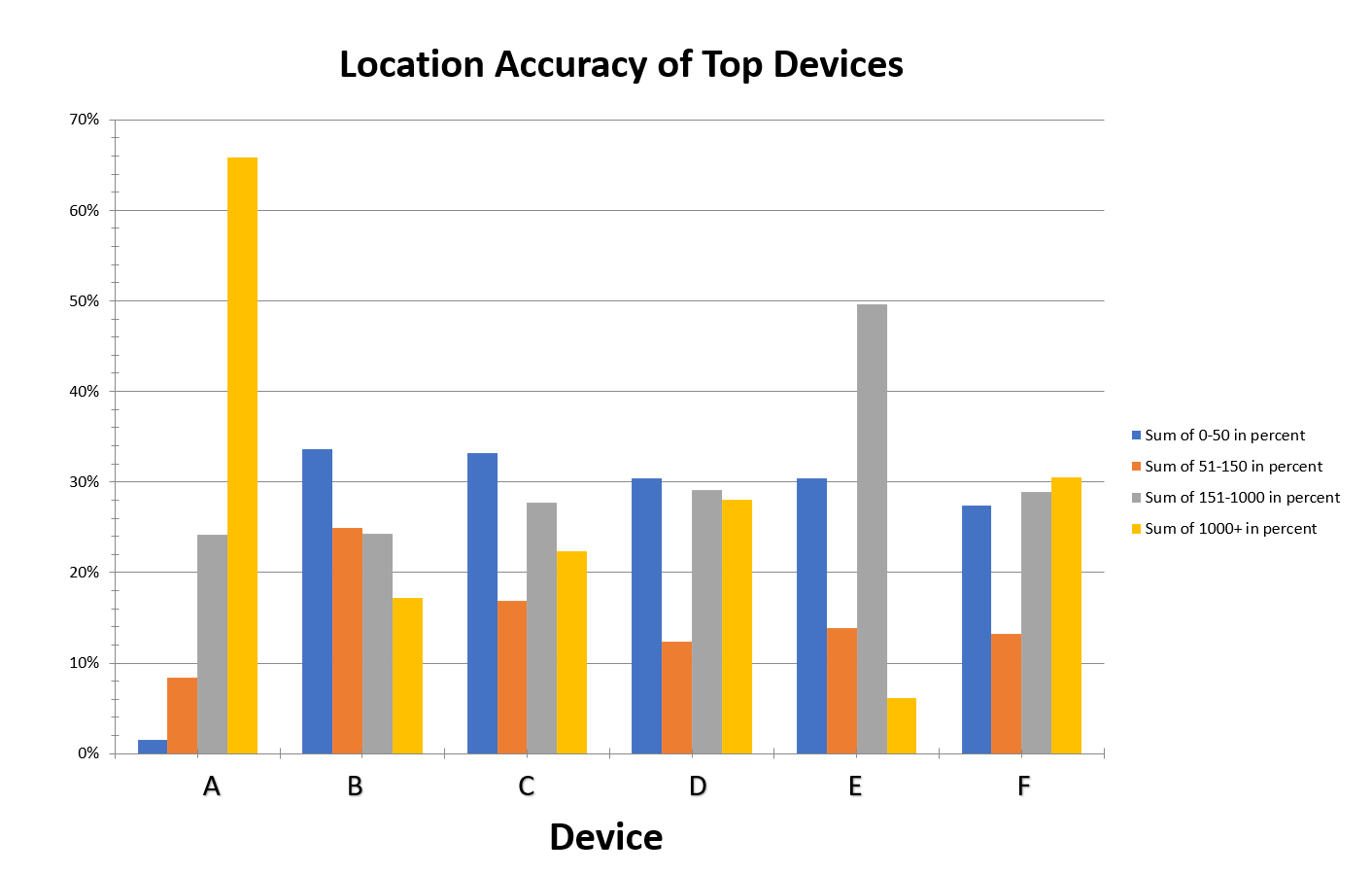The Critical Role of Device Analytics in Mobile Networks
In today’s digital age, mobile networks are the backbone of the burgeoning digital ecosystem, powering everything from basic communication to advanced Internet of Things (IoT) applications. As these networks become increasingly complex and saturated with devices, the importance of device analytics becomes increasingly important. Device analytics, the process of collecting and analyzing data from mobile devices, offers invaluable insights into device performance, user behavior, and network efficiency. This article delves into the multifaceted benefits of device analytics in mobile networks, underscoring its critical role in driving innovation, efficiency, and user satisfaction.
Ensuring Optimal Device Performance
One of the primary benefits of device analytics is its ability to evaluate device performance across multiple devices on the network. By analyzing data from devices connected to the network, mobile network operators can identify and address device issues potentially even before being reported by end users. This proactive approach not only ensures stable and reliable devices but also aids in improving customer satisfaction. Various metrics can be measured from devices such as RF Signal Quality and Location Accuracy (for example when locating a device for Emergency Services or Value Added Services). Many other Key Performance Indicators can be measured and tracked/reported on as well.
The chart below illustrates an example of different location accuracies measured across top deployed devices in a Mobile Network. As shown in the example below, device A would be flagged as problematic in providing an accurate location as most location results are more than 1km inaccurate.
Note this is accuracy of device locates as measured in meters.
Another example of device analytics is to measure the RF Signal Quality. The chart below illustrates an example of RF Signal Quality measured across top deployed devices in a Mobile Network. As shown in the example below, devices A and B are getting fair to excellent signal quality most of the time. However, devices C thru F are problematic in providing good RF Signal Quality to the users and getting poor signal quality much of the time.
Driving Operational efficiencies
Device analytics also offers operational benefits for mobile network operators. By automating the collection and analysis of device data, operators can reduce the time and resources required for manual network monitoring and troubleshooting. Additionally, predictive analytics can forecast future network demands based on device usage patterns, allowing operators to plan infrastructure investments more effectively.
Enhancing security measures
As mobile networks become increasingly integral to daily life, they also become more attractive targets for cyberattacks. Device analytics can bolster network security by detecting unusual device behavior that may indicate a security threat, such as malware infections or unauthorized access attempts. By identifying and mitigating these threats early, device analytics helps protect user data and maintain the integrity of mobile networks.
Device Analytics can Facilitate Advanced Network FeaTures
The advent of 5G and beyond networks has ushered in a new era of mobile connectivity, with capabilities such as ultra-low latency and massive device connectivity. Device analytics plays a crucial role in realizing these features by providing the data necessary to manage the complex dynamics of modern networks. For example, location aware device analytics can help optimize network slicing, a key 5G feature, by analyzing device demand patterns and adjusting resources accordingly to meet the needs of diverse applications, from high-definition streaming to critical IoT services.
Conclusion
As mobile networks evolve to meet the demands of a digital-first world, the role of device analytics in ensuring the devices that run on these networks are efficient, secure, and capable of delivering personalized user experiences cannot be overstated. By harnessing the power of device data, mobile network operators can not only navigate the complexities of modern telecommunications but also drive innovation that keeps them at the forefront of the industry. In the coming years, as networks continue to expand and diversify, the strategic importance of device analytics is set to grow, making it a key pillar in the future of mobile connectivity.



